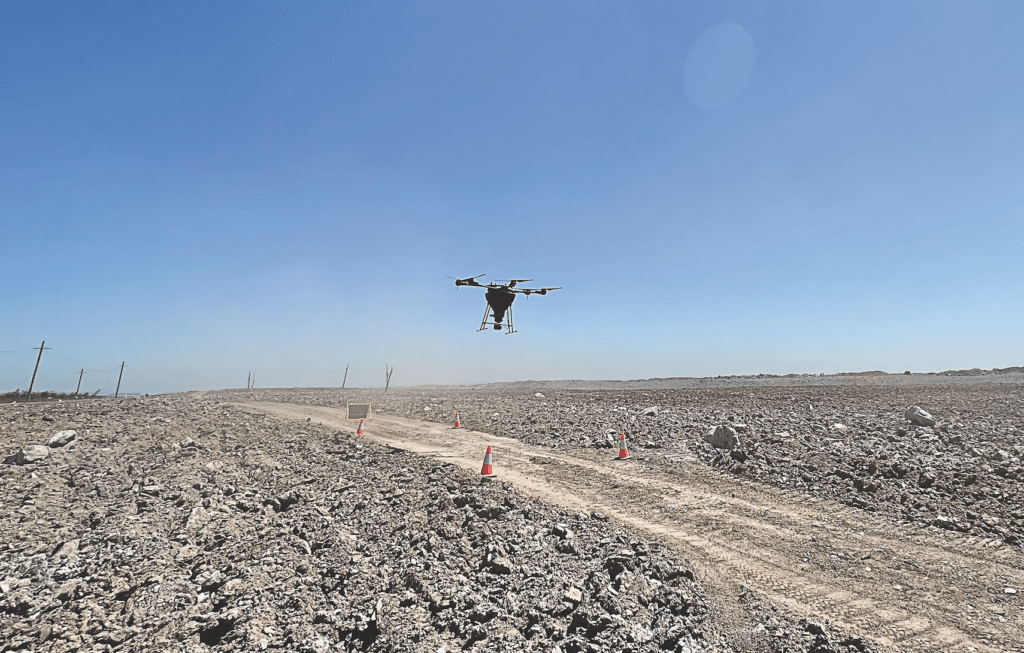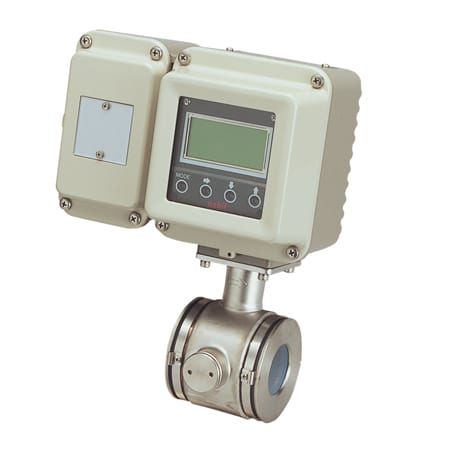Kalamazoo Resources drills Ashburton gold project, targets Mt Piper next
Drilling the Ashburton gold project in Western Australia’s Pilbara region has been a priority for Kalamazoo Resources (ASX: KZR) during the three month period to end September.
The company started an 1100 metre drilling program in August to test for shallow oxide gold mineralisation at the Styx and Charon prospects.
At Styx, two fences of drill holes were designed to test for mineralisation associated with the shallow extents of a gently dipping 30m-thick coarse sandstone unit.
The unit showed well-developed pyrite mineralisation in outcrop associated with subvertical faulting.
At Charon, four drill holes in two 80m-spaced fences were designed to test the steeply-dipping and deeply-weathered Charon Fault which hosts a 500m-long gold in soil anomaly.
Drilling tested the anomalous fault and thick prospective coarse conglomerate and sandstone units in the footwall.
Charon has not been subject to any previous drill testing.
The Ashburton project is located approximately 6 kilometres south-east of Kalamazoo’s Mt Olympus deposit which has a gold resource of 12.2 million tonnes at 2.7 grams per tonne for 1.07 million ounces.
In February, Kalamazoo announced an updated mineral resource estimate for the project of 16.2 million tonnes grading 2.8 grams per tonne gold for 1.44 million ounces.
Survey results
Kalamazoo has received modelling and interpretation results for a recent gradient array induced polarisation (IP) and follow-up pole-dipole IP surveys at the Mt Olympus and West Olympus prospects, close to Ashburton.
The data identified five significant chargeability anomalies including four at the footprint of the Mt Olympus deposit which correlate with gold mineralisation in rock chip samples at the surface.
Mt Piper
In October, Kalamazoo commenced a 500m diamond drilling program at the Goldie North prospect, that makes up the Mt Piper gold project in central Victoria.
The initiative follows a successful soil sampling program which identified gold anomalies, with a particular anomaly aligning with high-grade rock chip samples from previous mine waste rocks.
The Mt Piper project is located adjacent to Agnico Eagle Mine’s large exploration land tenure and 30km from its world-class Fosterville gold mine in Central Victoria.
DOM’s Hill drilling
During the quarter, a 6100m aircore program kicked off at the DOM’s Hill lithium project which is highly prospective for LCT (lithium-caesium-tantalum) pegmatite dykes.
Kalamazoo also completed the requisite government permitting and cultural heritage surveys to drill two high-priority areas targeting favourable major structures and anomalous soil geochemistry.
The company will collect samples from the underlying regolith which is covered by a thin veneer of transported cover.
The samples will be submitted for multi-element assay analysis to test for geochemical anomalism indicative of LCT pegmatites.
Positive regolith geochemistry anomalism will be the subject of follow-up drill testing of the underlying basement.
Results from the program are expected before year end.
DOM’s Hill sits in a similar geological setting as nearby pegmatite-hosted lithium deposits at Pilgangoora (owned by Pilbara Minerals, ASX: PLS) and Wodgina (owned by Albemarle Corporation and Mineral Resources, ASX: MIN).
The project covers a significant strike extent of the Archaean granite-greenstone contact known as the “Goldilocks Zone”.
Spin-out company
Kalamazoo entered into an agreement with Karora Resources to vend its non-gold exploration projects and mineral rights into a spin-out critical minerals company known as Kali Metals.
The proposed transaction will see Kali list on the Australian Stock Exchange following a $12 million initial public offering.
At listing, its portfolio will comprise Kalamazoo’s Marble Bar, DOM’s Hill and Pear Creek lithium projects in Western Australia; the Jingellic and Tallangatta lithium projects in New South Wales; and lithium mineral rights granted across a significant portion of Karora’s Higginsville gold tenement package in WA.
During the quarter, Kali’s prospectus, independent technical report and supporting documentation were being finalised.
Bell Potter Securities and Canaccord Genuity were appointed joint lead managers for the IPO.
Source: https://smallcaps.com.au/kalamazoo-resources-drills-ashburton-gold-project-targets-mt-piper-next/


